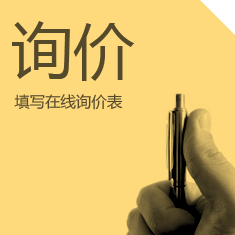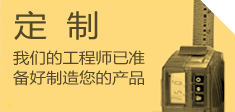Case Study: LifeCare Respirator Cylinders
 Polygon has been working with Lifecare Corporation since the late 1970's to provide actuators for portable ventilators in their PLV line of products.
Polygon has been working with Lifecare Corporation since the late 1970's to provide actuators for portable ventilators in their PLV line of products.
These ventilators have had several high profile uses, from Christopher Reeve to injured servicemen in Iraq.
Initially tested using PolyLube bearings for the cylinders, PolySlide cylinder material was recommended by Polygon engineers for improved seal function.
Benefits
Composite cylinders provide several benefits in this application. Dimensional stability was the core factor in replacing the original aluminum cylinder. Polyslide's lower weight is also desirable in portable devices.
In such a critical application, seal life is a important concern. Metal cylinders would require a high RA finish to insure longevity, further increasing cost. PolySlide's smooth, rounded surface is seal-friendly, promoting long life and reduced operational friction. A cup seal is employed to further reduce friction and improve operational life-cycles.
Combating Static Build-up
Composites often pose new and unconventional engineering challenges with their unique material properties. Initial prototypes would fail after only a few cycles due to static build-up. The aspirator assembly became in essence a Van de Graaff static generator due to the dielectric nature of composite tubing.
Combined with the dangers of fire when used with oxygen supplementation, this was a major project hurdle. Polygon's engineering team produced a hallmark solution by including conductive fibers to safely dissipate the static build-up.
Polygon has also integrated improvements from this project into the standard product line, such as eliminating the need for gelcoat, improving cylinder ID finish to further reduce friction, and more.
Customization and weight reduction
Polygon has also updated the assembly provided through the years to add other improvements such as embedded metal screw mounting points for easier replacement and routine maintenance, and converting the piston and rod to composite materials for greater weight savings. These weight savings produced two benefits to the product. Lower weight means less inertia to overcome when switching piston direction, and thus lower operational force. This allowed further weight savings via miniaturization of power linkages.
The other benefit is a reduction in operational noise. Each change in piston direction produces a clicking sound from pressure change and valve action. More than just being intrusive, this repeating sound can become maddening similar to a clock in an empty room. Composites are lightweight and less resonant, producing a more pleasant experience for users of this full-time lifeline.
免责声明
任何额定值均为典型值,仅用于设计目的。客户有责任针对其应用进行最终的测试和核准。此信息来源于我们的测试和已公布数据。我们不对这些特性作出担保,也不保证这些产品适用于所有特定用途或工作条件。
Polygon 承诺其产品不存在材料缺陷。使用或滥用 Polygon 产品导致的损失、损坏或费用,Polygon 概不承担。
产品规格随时可能变更,可能会受持续的产品改进的影响。如有变更,恕不另行公告。








联系我们
通过 新浪微博 关注我们 通过 LinkedIn 关注我们